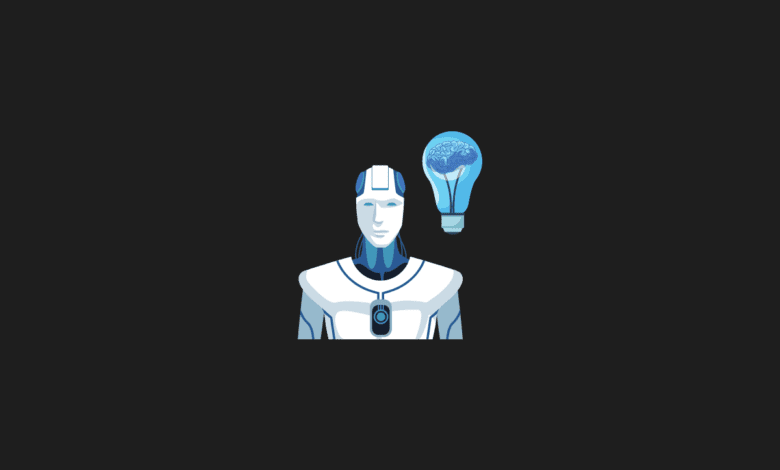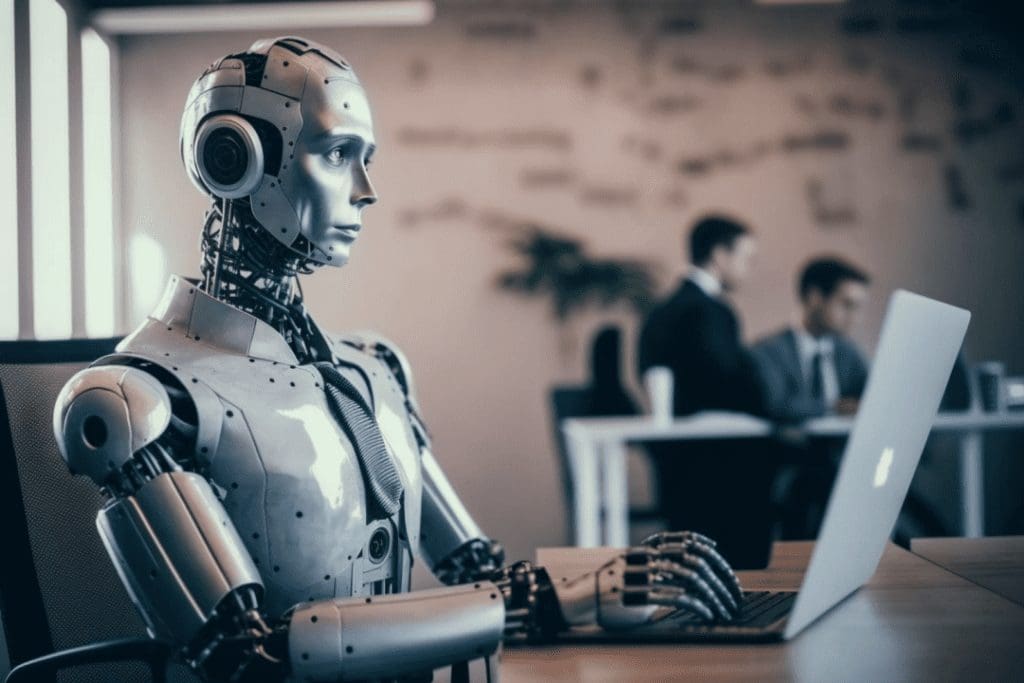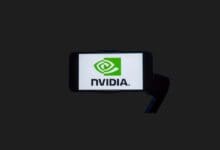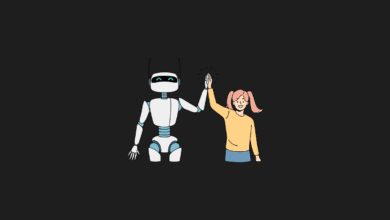
In today’s digital landscape, terms like “Artificial Intelligence” and “Machine Learning” often seem to be used interchangeably.
However, although closely related, these terms refer to different aspects of computer science and computing theory. This article aims to clarify the differences between Artificial Intelligence (AI) and Machine Learning (ML), and to explore how they relate to one another.
What is Artificial Intelligence?

Artificial Intelligence (AI) is a broad and interdisciplinary subfield of computer science that focuses on creating smart machines capable of performing tasks that traditionally require human intelligence. These tasks can include, but are not limited to, problem-solving, natural language understanding, planning, decision-making, and speech recognition. The ultimate goal of AI is to develop computer systems that can perform tasks that, if done by a human, would be said to require intelligence.
Types of AI
- Narrow or Weak AI: Specialized in one task. For example, a facial recognition system is excellent at identifying faces but can’t do anything else.
- General AI: The hypothetical intelligence of a machine that could perform any intellectual task that a human can do.
- Strong AI: Machines with the ability to apply intelligence to any problem, rather than just one specific problem, ideally in a way that’s indistinguishable from human intelligence.
What is Machine Learning?

Machine Learning (ML) is a subset of AI that provides systems the ability to learn from data and improve from experience without being explicitly programmed. This learning process is based on the recognition of complex patterns in data and the making of intelligent decisions based on them.
Categories of Machine Learning

- Supervised Learning: The model is trained on a labeled dataset, which means each training example is paired with an output label.
- Unsupervised Learning: The model is trained on an unlabeled dataset and must find structure in the data on its own.
- Reinforcement Learning: The model learns to perform a task by interacting with an environment to achieve an objective or reward.
Key Differences

Purpose and Scope
- AI has a broader scope encompassing anything that allows computers to mimic human intelligence, be it robotics, problem-solving, voice recognition, etc.
- ML, on the other hand, is specifically focused on the development of algorithms that can learn from and make decisions or predictions based on data.
Learning and Adaptability
- AI systems can be rule-based and don’t necessarily have to learn from data. For example, a chess AI that evaluates board positions based on a fixed set of rules.
- ML specifically involves learning from data; as more data becomes available, an ML system can learn and improve.
Dependency
- ML depends on AI, as it is a subset of AI. All machine learning is AI, but not all AI is machine learning.
- AI doesn’t have to depend on ML. There are rule-based engines that make decisions based on pre-set rules rather than learning from data.
Goals
- AI aims to create systems that can perform tasks that would ordinarily require human intelligence.
- ML aims to enable machines to learn from data so that they can give accurate predictions or decisions.
| Characteristic | AI | ML |
|---|---|---|
| Definition | The ability of a machine to perform tasks that normally require human intelligence | A subset of AI that focuses on developing algorithms that can learn from data and improve their performance over time without being explicitly programmed |
| Goal | To create intelligent machines that can think and act like humans | To develop machines that can learn from data and improve their performance over time without being explicitly programmed |
| Methods | Uses a variety of methods, including rule-based systems, expert systems, and machine learning algorithms | Uses machine learning algorithms to learn from data and improve performance over time |
| Examples | Self-driving cars, virtual assistants, spam filters, fraud detection systems, medical diagnosis systems | Spam filters, fraud detection systems, product recommendation systems, personalized search results, educational content |
While both Artificial Intelligence and Machine Learning contribute to the field of computer science, they serve different purposes and should not be confused. Machine Learning is a way to achieve AI through learning from data; on the other hand, AI encompasses a broader spectrum of capabilities, including rule-based logic and problem-solving. Understanding the difference between these two technologies is crucial for anyone who wants to understand the modern world of computing.
You may also like this content
- Blockchain and Artificial Intelligence
- China Wind in Artificial Intelligence: What is DeepSeek?
- Top 1000 Sci-Fi Movies About Metaverse, AI, and Science
Follow us on TWITTER (X) and be instantly informed about the latest developments…












